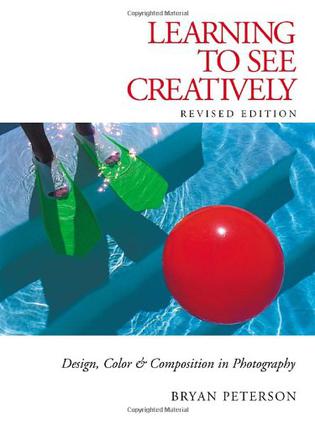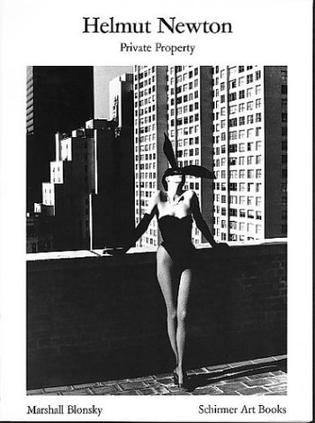-

Learning to See Creatively
Almost everyone can "see" in the conventional sense, but developing photographic vision takes practice. This work helps photographers visualize their work, and the world, in a whole new light. This revised and rewritten guide takes a radical approach to creativity. It explains how it is not some gift only for a few, but actually a skill that can be learned and applied. Using inventive photographs from his own portfolio, the author deconstructs creativity for photographers. He details the basic techniques that went into not only taking a particular photo, but also provides insights on how to improve upon it, so helping readers avoid the visual pitfalls that can lead to dull photographs. This edition features informaton on digital photography and digital imaging software, as well as a section on colour as a design element. -

The Photographer's Eye
The Photographer's Eye by John Szarkowski is a twentieth-century classic--an indispensable introduction to the visual language of photography. Based on a landmark exhibition at The Museum of Modern Art in 1964, and originally published in 1966, the book has long been out of print. It is now available again to a new generation of photographers and lovers of photography in this duotone printing that closely follows the original. Szarkowski's compact text eloquently complements skillfully selected and sequenced groupings of 172 photographs drawn from the entire history and range of the medium. Celebrated works by such masters as Cartier-Bresson, Evans, Steichen, Strand, and Weston are juxtaposed with vernacular documents and even amateur snapshots to analyze the fundamental challenges and opportunities that all photographers have faced. Szarkowski, the legendary curator who worked at the Museum from 1962 to 1991, has published many influential books. But none more radically and succinctly demonstrates why--as U.S. News and World Report put it in 1990--"whether Americans know it or not," his thinking about photography "has become our thinking about photography." -

Uta Barth In Between Places
-

Gypsies: Photographs
-

Helmut Newton
Through their inimitable mixture of eroticism, subdued elegance and decadent luxury, Newton's pictures reflect in the highest aesthetic quality an obsession with human vanity - from female exhibitionism to male voyeurism. With technical perfection, an extremely detailed style and a relentless directness, Newton staged the neverending psychodrama that contrasts glamour with the need for admiration, self-confidence with the desire for self-presentation, and Eros with Thanatos. Private Property was originally a three-part portfolio containing 45 b&w photographs. It includes Newton's best work from the period 1972-1983 - an exquisite assortment of fashion shots, portraits and erotic motifs which are all based on real location and luxurious lifestyles. The entire sequence of pictures from the Private Property portfolio is included in our book which first appeared in 1989. -

Think of England